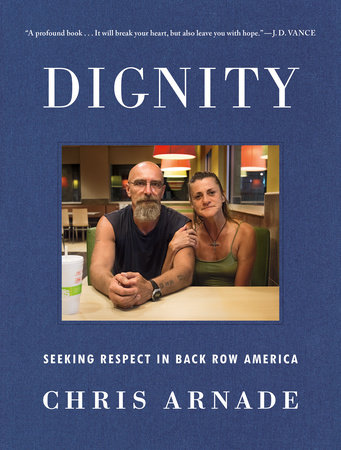Introduction I first walked into the Hunts Point neighborhood of the Bronx because I was told not to. I was told it was too dangerous, too poor, and that I was too white. I was told “nobody goes there for anything other than drugs and prostitutes.” The people directly telling me this were my colleagues (other bankers), my neighbors (other wealthy Brooklynites), and my friends (other academics). All, like me, successful, well-educated people who had opinions on the Bronx but had never really been there.
It was 2011, and I was in my eighteenth year as a Wall Street bond trader. My workdays were spent sitting behind a wall of computers, gambling on flashing numbers, in a downtown Manhattan trading floor filled with hundreds of others doing exactly the same thing. My home life was spent in a large Brooklyn apartment, in a neighborhood filled with other successful people.
I wasn’t in the mood for listening to anyone, especially other bankers, other academics, and the educated experts who were my neighbors. I hadn’t been for a few years. In 2008, the financial crisis had consumed the country and my life, sending the company I worked for, Citibank, into a spiral stopped only by a government bailout. I had just seen where our—my own included—hubris had taken us and what it had cost the country. Not that it had actually cost us bankers, or my neighbors, much of anything.
I had always taken long walks, sometimes as long as fifteen miles, to explore and reduce stress, but now the walks began to evolve. Rather than walk with some plan to walk the entire length of Broadway, or along the length of a subway line, I started walking the less seen parts of New York City, the parts people claimed were unsafe or uninteresting, walking with no goal other than eventually getting home. Along the walk I talked to whoever talked to me, and I let their suggestions, not my instincts and maps, navigate me. I also used my camera to take portraits of those I met, and I became more and more drawn to the stories people inevitably wanted to share about their life.
The walks, the portraits, the stories I heard, the places they took me, became a process of learning in a different kind of way. Not from textbooks, or statistics, or spreadsheets, or PowerPoint presentations, or classrooms, or speeches, or documentaries—but from people.
What I started seeing, and learning, was just how cloistered and privileged my world was and how narrow and selfish I was. Not just in how I lived but in what and how I thought.
Copyright © 2019 by Chris Arnade. All rights reserved. No part of this excerpt may be reproduced or reprinted without permission in writing from the publisher.










